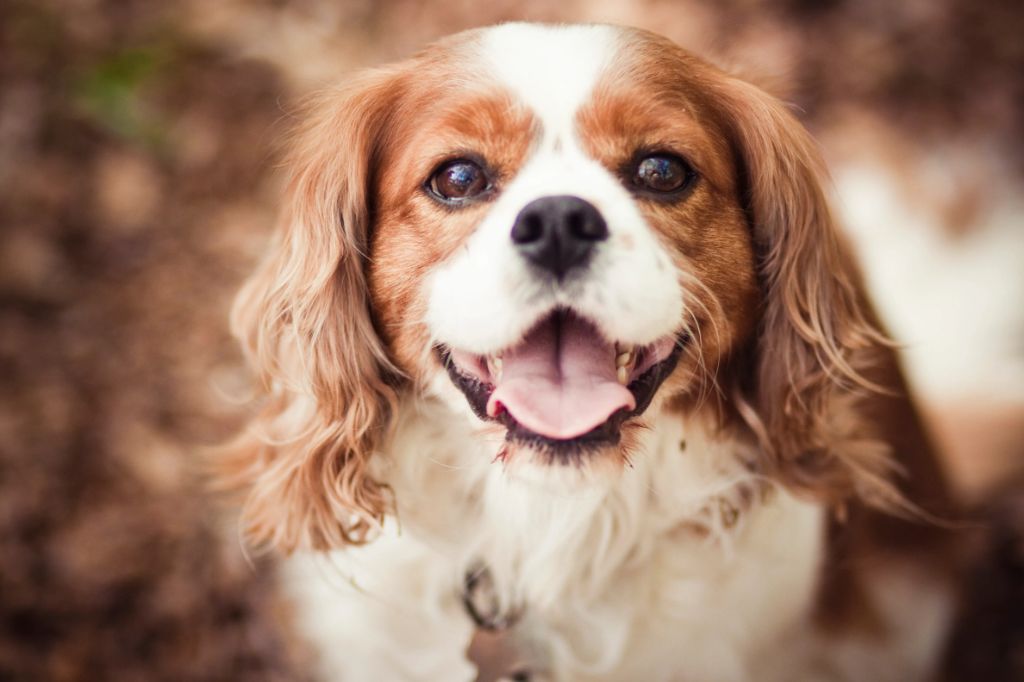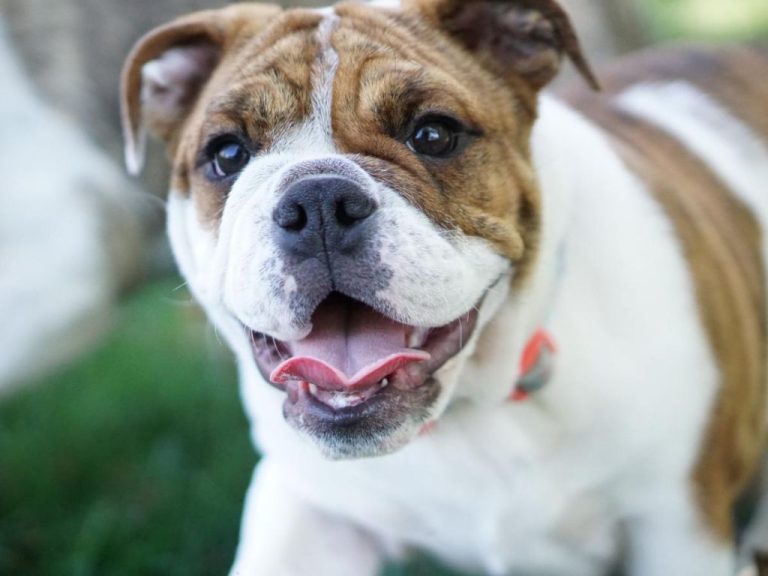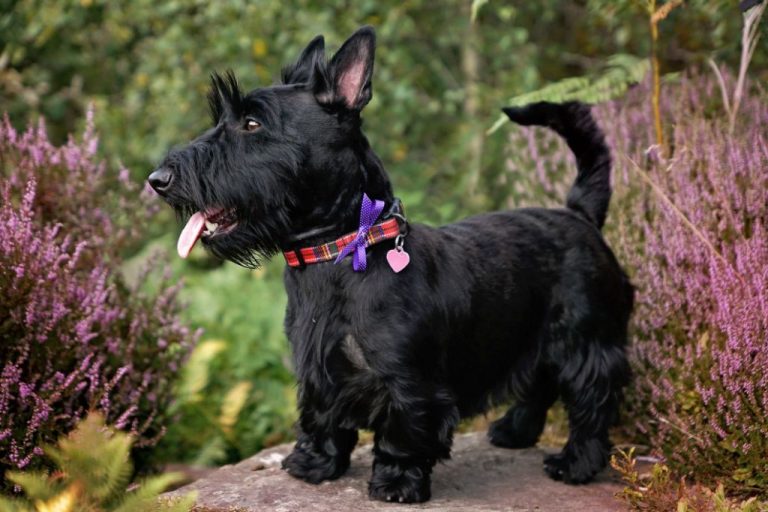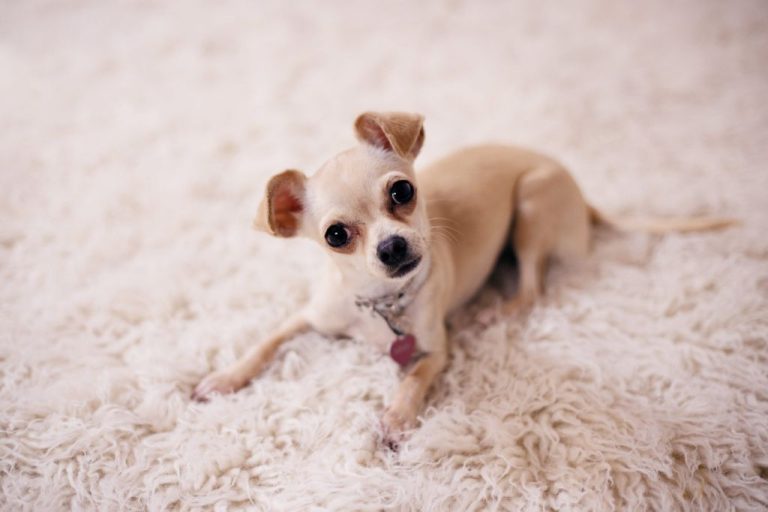Cavalier King Charles Spaniel: Traits And Characteristics Of A Regal Breed
The Cavalier King Charles Spaniel is one of the most popular toy breeds for companion pets. With a history that traces back to the 17th century, the Cavalier King Charles Spaniel originated as a companion dog for royalty and the aristocracy in England. These friendly little dogs get their name from King Charles II of Britain, who loved the breed. Today, the Cavalier retains its sweet temperament and affectionate nature, making it a beloved family pet.
The Cavalier King Charles Spaniel serves primarily as a companion dog. They have a playful yet gentle disposition and are eager to please their owners. These spaniels love being around people and are excellent family pets. While historically they were kept mainly as lap dogs for aristocrats, today the Cavalier enjoys hiking, playing outdoors, and partaking in dog sports as modern day leisure activities. They have an adaptable personality and do well in all kinds of living environments, from apartments to large houses with yards. With their portable size and affectionate natures, Cavaliers make fantastic therapy dogs as well.
Appearance
The Cavalier King Charles Spaniel is known for its beautiful, silky coat and regal, gentle expression. This small breed stands 12-13 inches tall and weighs 13-18 pounds on average [1]. Its medium-length coat comes in four recognized colors: Blenheim (chestnut and white), tricolor (black/white/tan), ruby (solid red), and black and tan. The feathering on the ears, chest, legs and tail are a signature of the breed.
The Cavalier has a small, well-proportioned head with a flat skull between the ears. The muzzle is tapered and the large, round eyes are dark brown. The long ears are set high on the head and covered with long, silky fur [2]. The regal expression and soft, trusting eyes are hallmarks of the breed that give it an appealing, lovable look.
Temperament
Cavalier King Charles Spaniels are known for their sweet, gentle, affectionate, and playful temperaments. They are eager to please and make delightful companion dogs. Their trusting natures make them poor watchdogs as they rarely bark and are friendly towards everyone, including strangers.
The Cavalier King Charles Spaniel temperament has been described as happy, affectionate and playful according to PetPlan. They actively seek human companionship and get along well with people of all ages as well as other pets. Cavaliers love being around their families and thrive on attention and cuddles. They are very in tune with their owner’s emotions and aim to please.
The Cavalier’s eagerness to please makes them easy to train using positive reinforcement like praise, play, and food rewards. Their affectionate nature means they dislike being left alone for long periods and can develop separation anxiety if not properly socialized. Overall, the loving temperament of the Cavalier King Charles Spaniel makes them wonderful family dogs and companions.
Exercise Needs
Cavalier King Charles Spaniels have a moderate activity level and exercise requirements. According to BorrowMyDoggy, they rate a 3 out of 5 for exercise needs.
Cavaliers need 30-60 minutes of exercise per day. Their exercise can be met through two 20-30 minute walks, interactive playtime like fetching balls or frisbees, or allowing them to run around in a fenced yard.
These dogs enjoy brisk walks and light jogging alongside their owner. But they should not be forced to overexert themselves in hot weather or participated in activities like intense hiking. Their moderate exercise needs make them adaptable to many living situations.
According to ILoveCavaliers, Cavaliers are happy with the exercise they get from regular daily walks and indoor play. They are relaxed homebodies that don’t require intense exercise as long as their moderate needs are met.
Training
Cavalier King Charles Spaniels are known for being highly intelligent and eager to please, making them an excellent breed to train. They respond very well to positive reinforcement techniques such as praise, treats, and toys. Cavaliers are fast learners and can master basic obedience commands like “sit,” “stay,” and “come” in just a few short training sessions.
One of the biggest considerations with training a Cavalier is their sensitivity. Harsh reprimands or punishment-based training methods do not work well with this breed and can lead to fearfulness or anxiety. Trainers need to be patient and use a gentle approach. Setting clear expectations and being consistent are key.
Housetraining a Cavalier King Charles Spaniel requires time and commitment from owners, but is very achievable. Crate training paired with a regular schedule of taking puppies outside is effective. Their eagerness to please means they want to “go” in the right spot. Using praise and treats for successes helps reinforce the desired behavior. Patience is important as these petite dogs have small bladders when young. Within 4-6 months, most Cavaliers can be fully housetrained.
Overall, Cavalier King Charles Spaniels are bright and biddable, with an aim to please their owners. A positive approach focused on motivation suits this breed best for successful training, including housetraining.

For more information on Cavalier training, see this book.
Grooming
Cavalier King Charles Spaniels have a silky, feathered coat that requires regular grooming and maintenance. Their coats come in four color varieties: Blenheim (chestnut and white), Tricolor (black, white, and tan), Black and Tan, and Ruby (solid chestnut red).
Cavaliers are moderate shedders and require weekly brushing to remove loose hair and prevent matting, especially in the featherings on the ears, chest, legs, and tail. Using a slicker brush and metal comb will help pull out dead undercoat and keep the coat neat. Pay close attention to the longer fur on the ears, legs, chest, and tail, which is prone to tangles.
Bathing a Cavalier should only be done when needed, around once every 6-8 weeks. Overbathing can strip the coat of essential oils and cause dry, flaky skin. Use a moisturizing dog shampoo and thoroughly rinse out all soap residue. Avoid getting water in their ears. Dry their coat thoroughly with a towel to prevent chill.
Other routine grooming needs include trimming nails as needed, checking and cleaning ears weekly, and brushing teeth 2-3 times per week. Regular grooming will keep a Cavalier looking and feeling their best.
Health
The Cavalier King Charles Spaniel is prone to certain health conditions. Some of the more common issues to be aware of include mitral valve disease, syringomyelia, hip dysplasia, luxating patellas, eye issues, and heart conditions. Mitral valve disease is one of the most prevalent issues in the breed, with studies estimating over 50% of Cavaliers having the condition by age 5. It involves a leaky mitral heart valve that can eventually lead to heart failure. Regular vet checkups and medications can help manage it.
Syringomyelia is another concern, where fluid builds up in the dog’s skull and spinal cord, causing pain and possible neurological issues. Mild cases may not require treatment, but severe cases may need expensive surgery. The Cavalier’s average lifespan is 9-14 years. With proper care, exercise, nutrition, and regular vet visits to catch any issues early, they can live a full life.
Nutrition
The Cavalier King Charles Spaniel has some specific dietary needs. As a small breed dog, it’s important not to overfeed them, as obesity can exacerbate health problems like heart disease and joint issues. It’s recommended to feed them high-quality dog food formulated for small breeds.
Look for a dog food that lists a meat source like chicken, lamb, or fish as the first ingredient. Avoid fillers like corn, wheat, and soy. Cavaliers do well on a diet with 25-30% protein and 15-20% fat from quality animal sources. Make sure the food contains omega-3 and omega-6 fatty acids to support their skin and coat.
Many Cavalier owners have success feeding a combination of dry kibble and canned wet food. The wet food provides extra moisture to support urinary tract health. It also allows you to add in a rotational protein to provide variety.
Typical daily recommended feeding amounts for Cavaliers are 1/2 to 1 cup of dry food per day, split into two meals. Adjust amounts as needed to maintain a healthy weight. Treats should make up no more than 10% of their daily calories.
Some Cavaliers can be prone to food allergies. If you notice signs like itching and ear infections, discuss an elimination diet with your vet. You may need to try novel protein sources like duck, venison, or kangaroo.
Provide fresh water at all times and monitor water intake. Increased thirst can signal health issues in Cavaliers.
As Pets
The Cavalier King Charles Spaniel is known for being an excellent family companion and house pet. Their small size, calm temperament, and affectionate nature make them ideal for families with children. Cavaliers are playful but not overly boisterous, and get along well with gentle children of all ages. They make good apartment dogs as well, as they don’t bark excessively and will be happy with short daily walks.
Cavaliers generally do very well with other dogs and pets when properly socialized from a young age. They are not prone to aggression and their amiable personality helps them make friends easily. Cavaliers will happily live alongside other dogs, cats, and small pets. However, it’s still important to supervise interactions, especially with much smaller pets that could be injured accidentally. With early positive experiences, multi-pet households pose no problems for the easygoing Cavalier.
Popularity
The Cavalier King Charles Spaniel currently ranks as the 19th most popular dog breed in the United States according to the American Kennel Club (Source). While not in the top 10 most popular breeds, the Cavalier King Charles Spaniel has seen a steady rise in popularity over the past decade. In 2011, the breed ranked 23rd in popularity and has climbed up the rankings each year since. According to the UK Kennel Club, registrations for the Cavalier King Charles Spaniel increased by 39% from 2011 to 2021 (Source). This upward trend in popularity is expected to continue as more people discover this sweet, gentle, and adaptable companion breed.





